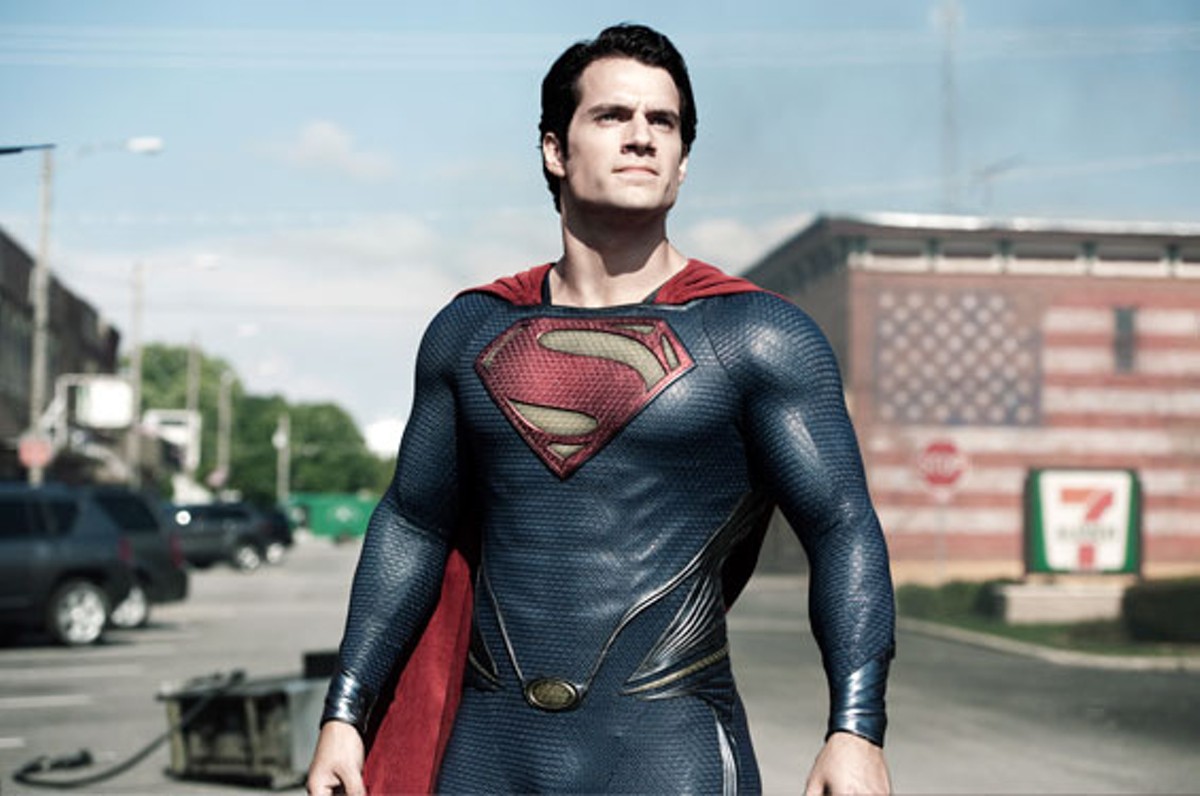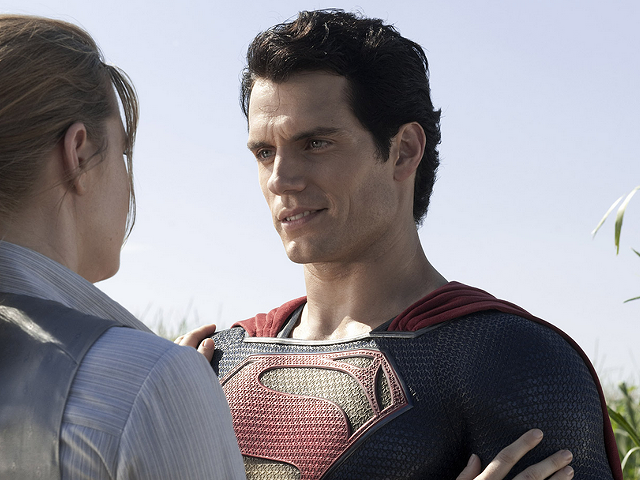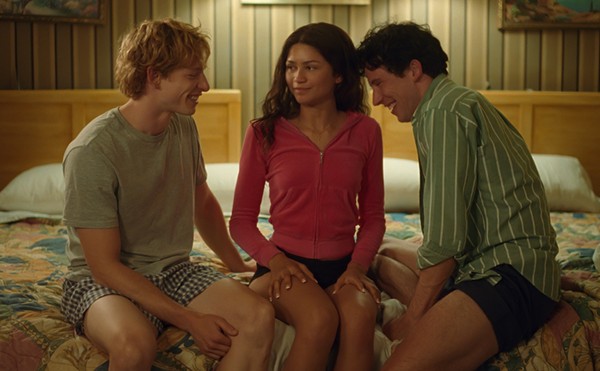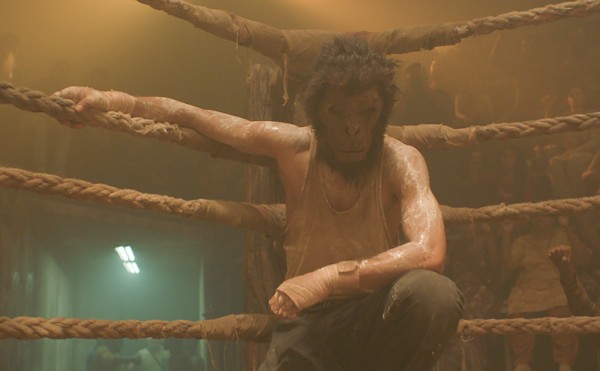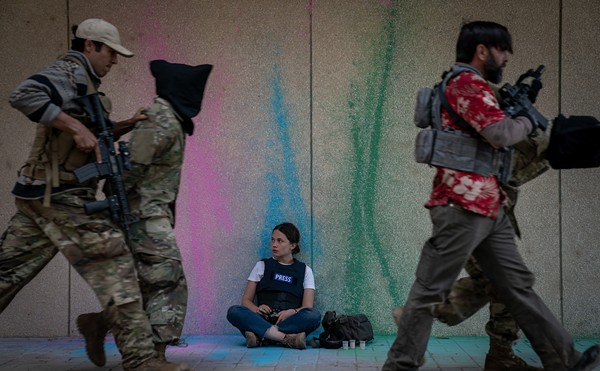Zack Snyder's Man of Steel is a movie event with an actual movie inside, crying to get out. Despite its preposterous self-seriousness, its overblown, CGI'ed-to-death climax, and its desperate efforts to depict the destruction of, well, everything on Earth, there's greatness in this retelling of the origin of Superman.
But there's just no stopping what comic-book movies have become: In Man of Steel, the titan in the red cape — doing everything in his power to save humanity — is almost a distraction from the movie's larger mission to impress us with its vague, lofty ideals and attention to detail.
The press notes, for instance, tell us that the letter "S" that kids since the 1930s have recognized as the international symbol of Superman, is really the Kryptonian glyph for "hope." Who knew?
Yet Cavill and his costars Amy Adams, Diane Lane and Kevin Costner soldier on, turning Man of Steel into something that's almost great, even when it's not very good. The plot goes something like this: Realizing their planet Krypton is dying, and knowing that its military leader, General Zod (Michael Shannon), is up to no good, upstanding citizen Jor-El (a preoccupied-looking Russell Crowe) and his wife, Lara (Ayelet Zurer), blast their diaperless newborn into space. Zod kills Jor-El — though like Hamlet's ghost, he gets several convenient reappearances. When next we see Kal-El, he's a drifter working on a fishing boat, now named Clark and hiding his superhuman powers. He carries much pain. Still, there is hope or, as we must now properly call it, "S."
Clark's adoptive parents, Martha and Jonathan Kent (Lane and Costner) of Smallville, Kansas, have done all they can to prepare their son for the world. But they don't know that Zod, having nursed a beef with Jor-El for several thousand years (or something like that), is headed to Earth to destroy their son. Meanwhile, Daily Planet reporter Lois Lane travels to the Arctic and suffers a stomach wound. Luckily, she also meets a mysterious hunk who can cauterize said wound with his eyes. "This is going to hurt," he tells her, and he's right — she screams as the shot fades.
A little disturbing and intensely erotic, that is one of the most striking moments in Man of Steel. But mostly, the film is preoccupied with its own spectacle. There's so much heaviness here that, ironically, nothing seems to have its own weight. And once Shannon's Zod shows up on Earth with his dumb little goatee, you know this super-engineered movie experience is just going to get bigger and emptier.
Does the destruction of New York City, or its stand-in, Metropolis, even require a spoiler alert anymore? You won't be surprised to learn that huge swathes of city are destroyed, 9/11-style. Thousands of citizens must have died, and yet the manufactured horror we've just witnessed is suddenly rendered weightless. That's because comic-book movies aren't real, silly — except when they're totally serious.
It's a relief just to watch the actors act once in a while, and Snyder is astute enough to punch some breathing holes in this steel-clad colossus. Adams is a fine, no-nonsense Lois Lane; she makes nosiness sultry. And Costner and Lane, in their depiction of heartland parents, defy the idea of homespun coziness, taking corn-pone dialogue and turning it golden.
Much later, Clark Kent, tired of blurring his identity on fishing boats and Arctic explorations, will mount a truly impossible feat: a career as a journalist. And yet Cavill looks just as human in his Superman suit as he does in his newspaperman's uniform. This Man of Steel is still faster than a speeding bullet and more powerful than a locomotive. But even more miraculously, he humanizes the movie around him. It's his Kryptonite, and still, he defies it.

